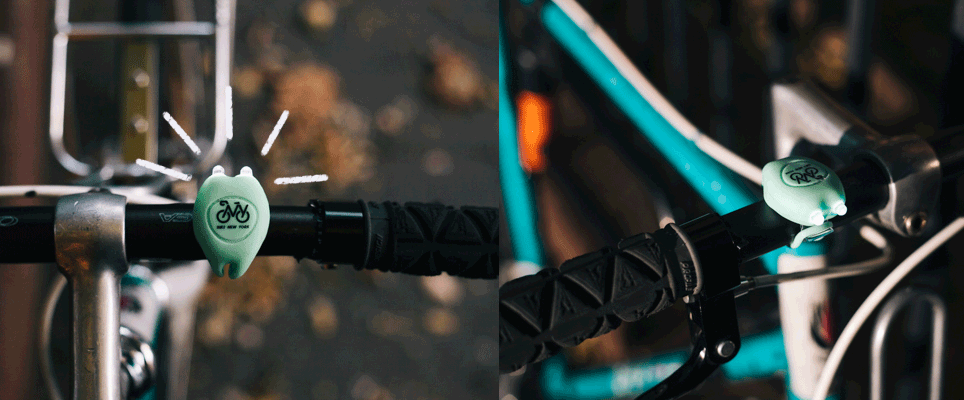December 1, 2021
Winter Cycling Tips: Six steps to bike light etiquette (or how to NOT blind and enrage oncoming cyclists)
Daylight savings time has ended. It gets dark around 4:30 PM between now and March, so you definitely need bike lights.
The last several years have seen an arms race in bike lighting technology. In some ways, this is a good thing, as brighter lights make it easy to see where you are going. Lights have pulse modes that aren’t so visually jarring as the “flash” mode, and some lights stay steady and pulse or flash at the same time.
But bike light courtesy has not kept up with the increasing number of lumens. This article is our annual reminder on how to not blind your fellow cyclists with that cool 3,000-lumen rechargeable light. 😎
- Use lights at night: white and front, red in back. It’s the law. Reflectors are not an adequate substitute. Cyclists who don’t use lights at night are literally invisible to motorists, and even to oncoming or passing cyclists, especially when the un-illuminated cyclist is backlit by cyclists who are using lights. According to the National Governor’s Traffic Safety Commission report, 50% of all cyclist fatalities happen at night, which is far out of proportion to the amount of nighttime cycling happening out there. We can reduce that statistic by using lights at night.
- “Is that a train on the bike path?” When riding on a bike path, keep that powerful headlight on a low setting. You don’t need the power of a train headlight to see where you are going.
- Being a flasher is totally un-cool. There is absolutely no reason to have your headlight on strobe or flashing mode when riding home at night on a busy bike path. Turn the light to a “steady” mode. To oncoming cyclists, a flashing headlight is like having a camera flash firing every nano-second for a few minutes when approaching a long distance. It’s not necessary, and it’s seriously rude. This may also apply to some of the more powerful tail-lights out there.
- Check your aim. If your light is aimed at other cyclists’ heads, you’re doing it wrong. Seriously, our League Cycling Coach just did a training seminar where one of the instructors said “I keep my headlight pointed up,” not realizing he’s been blinding oncoming cyclists. Aim your headlight down to light the surface in front of your wheel.
- Be a cool kid. As an oncoming cyclist approaches, momentarily cup your headlight with your hand or briefly switch it off, especially if you have a pretty powerful light.
- “Is someone riding with a Bic lighter?”. Check your batteries. Lower-power LED lights that are meant to make the cyclist visible, rather than helping the cyclists see where they are going, usually have replaceable batteries. If that’s what you have, the batteries probably need to be switched out annually or more often depending on how much you use them. Even those free blinkie lights we give away have hidden but replaceable batteries! When in doubt, turn your LED lights on, and go observe your lights from some distance at night–how visible are they?

Written by Bike New York’s Director of Education, Rich Conroy.

